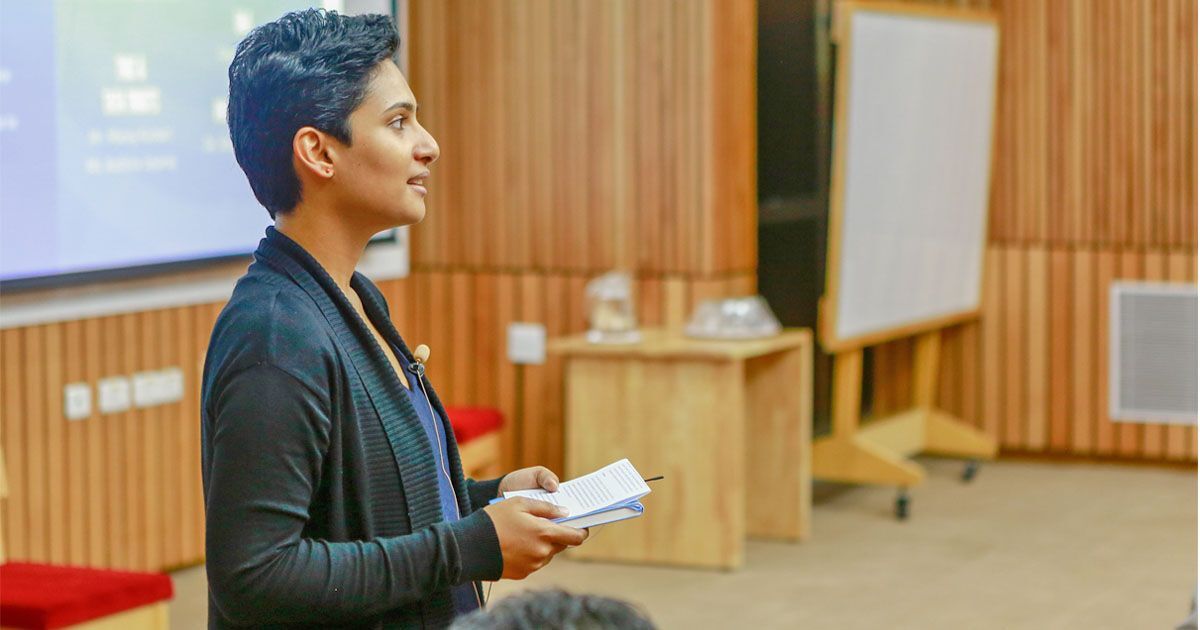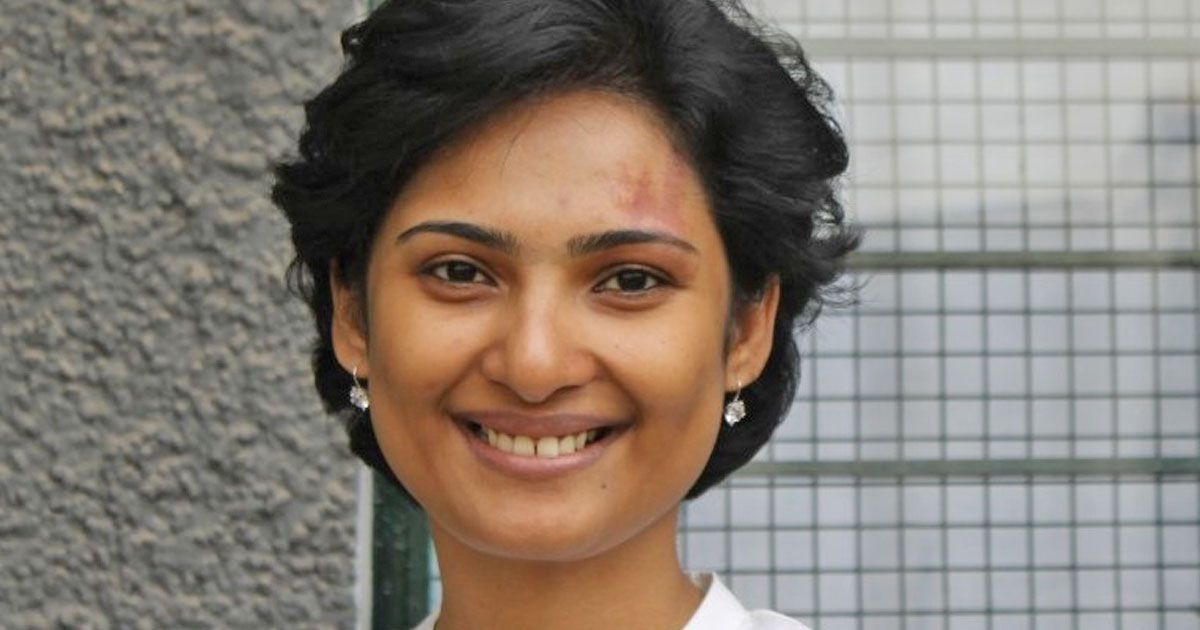
In this exclusive interview for The Assam Tribune, Smrita Chaudhury is in-conversation with Ann Vinod, Science Communications Coordinator at the Tata Institute for Genetics and Society in Bengaluru.
The recent Science, Technology and Innovation Policy draft from the Department of Science and Technology recognises the importance of science communication and public engagement, and outlines steps that will be taken to make the field more mainstream.
Q. What were your reasons for choosing to study science?
I felt at home learning biology. I found it tangible and relatable. And, I watched way too many medical drama series growing up! Studying biology after high school seemed like the obvious choice for me.
Q. What motivated you to do a Diploma in Administration of Human Services after a BSc in Advanced Zoology and Biotechnology?
I had taken up the diploma as a gap year course, while I prepared for exams for higher studies. It had a strong focus on social programmes for marginalised sections of the society. We encountered people and organisations that made it their life’s mission to impact positive change, irrespective of the scale of impact. I realised early on during the course that it was changing how I perceived society, social structures, and our role in affecting change. So, I decided to give it my all and focus on completing the course during that year. The next year, I went back to science and took up a Master’s course in Biomedical Genetics.
Q. Could you tell us how you got interested in science communication?
I’ve worked in different aspects of communications throughout my career. But, I felt I needed to apply the skills I’d acquired in my core area of training. I was given a chance to do that at the Tata Institute for Genetics and Society (TIGS).

Q. How has your experience as a technical writer at IIT-Bombay and a copy editor at Medeka Health Pvt Ltd helped?
During my stint at IIT Bombay, I was involved in creating publications for technologies that were developed at the institute. This meant decoding information presented in a scientific manner into layman’s terms, which could be pitched for licensing purposes. This was when I developed a deep appreciation for simple but effective content. The lessons I learned in creating error-free content in my next role as a copy editor have benefitted me to this very day.
Q. What kind of projects did you work on as a freelance writer? For those who are currently freelancing, what would you recommend?
I worked on anything I could get my hands on, brochures, website content, medical publications, etc. Looking back, this wasn’t the best strategy for me. As a freelancer, building your own brand is as important as the quality of work you put into the projects you take on. This was something I neglected at the time, and if asked to do it all over again, I’d take the effort to regularly talk about my work on social media, build a follower base, and also focus my efforts on projects that are more aligned with my core strengths.
Q. Could you share your experience in your current role as the Science Communication Coordinator at the Tata Institute for Genetics and Society (TIGS), Bengaluru?
I started working at TIGS two years ago. Our research focusses on four main areas: 1) developing plant varieties that can withstand biological and environmental stresses, 2) developing mechanisms to reverse antimicrobial resistance, 3) understanding the mosquito vector landscape in India to help in the control of diseases like malaria and dengue, and 4) designing therapeutic interventions for blood disorders like sickle cell anaemia and beta thalassemia. We try to communicate to a wide range of audiences about our work because of the great potential that new genetic technologies have in human health and agriculture. Our public engagement series called Science Serving Society brings together scientific experts, policy makers, and the general public in discussions about new genetic technologies and their potential impact on society. We’re also committed to encouraging more young people in India to pursue research and facilitating the infrastructure and training to do that. We talk about these initiatives through social media, our website, and the press. For those who are interested to learn more about TIGS, please look at our website (https://tigs.res.in).
Q. What is the scope of science communication in India compared to other countries?
A lot of research institutes in India have been taking science communication more seriously in recent years. I wouldn’t say that it is currently as widely practised as it is abroad, but we’re getting there. The recent Science, Technology and Innovation Policy draft from the Department of Science and Technology recognises the importance of science communication and public engagement, and outlines steps that will be taken to make the field more mainstream. This is very encouraging. Let’s hope that in the next few years, science communication will be an essential aspect of every research institute in the country.
Q. With the wealth of experience you have garnered in science communication, what advice would you give to young students who are currently pursuing BSc and MSc in India, and are keen to pursue science communication?
Sadly, verbal and written communication skills and the proper use of language are not emphasised enough and there is a need for it to be taken seriously by both students and educators at all levels. I’d say start with improving your communication skills by discussing your work, project or research thesis. Make a presentation that describes your work in a way that someone who doesn’t have your background in science would understand, such as a relative or a friend. Present your work to them and have them give you feedback on how you can make it better. Write popular science articles on new discoveries in your field and pitch them to newspapers and blogs, and make these interesting to read beyond the facts presented. Many publications are on the lookout for freelance science writers who can translate information from scientific journals into engaging articles that people can relate to. Social media has also become a great platform to talk about science. If you’re someone who can distill scientific data into crisp animated content (be it videos, illustrations, or text), social media is the way to go. Whichever path you choose, keep at it, and stay abreast of technology platforms. You wouldn’t just get to talk about life-changing discoveries; you’ll meet some amazing people on the way.
